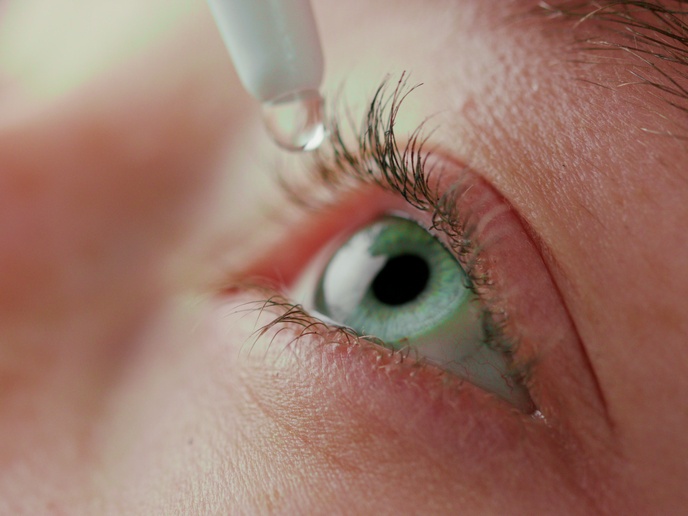The genes in control of that six-pack
When muscle adapts to exercise, gene networks express factors that change muscle to be able to rise to the challenge – e.g. increased capacity to use oxygen and breakdown or generation of proteins. The MUSC ADAP XRCS (Mechanisms of skeletal muscle adaptation to exercise and their implications in health and disease) project looked at the peroxisome proliferator-activated receptor gamma coactivator-1 (PGC-1) family of transcriptional coactivators. One prime example is PGC-1α4, induced by resistance training such as weight lifting and that regulates skeletal muscle increase and growth. Mice with increased levels of PGC-1α4 show increase in muscle size and strength and resistance to loss of muscle associated with disuse. Newly identified by the team, they showed that exercise-elevated levels of PGC-1α1 in skeletal muscle protects from stress-induced depression by activating enzymes that convert the molecular culprit kynurenine. In its new form, the molecule can no longer cross the blood-brain barrier to affect brain neurons. Research revealed that differences in muscle physiology observed with variants of PGC-1α may be due to transcription of alternative messenger RNAs from the same gene. This adds another dimension to the story – adaptive changes in muscle are not only due to changes in expression levels of genes, but also to different transcripts from the same gene. In collaboration with another lab, MUSC ADAP XRCS also identified the binding partners of PGC-1α variants. The project also generated mouse strains specific for PGC-1α2 and PGC-1α3. The mouse lines have been validated and are being characterised. The changes seen in muscle are coordinated and this suggests common regulatory pathways. To identify new molecular pathways, the researchers studied both atrophy and hypertrophy in the same mouse hind limb. Several gene candidates for regulation of muscle mass and function were identified and these are currently being investigated. MUSC ADAP XRCS research results could have wide-ranging impact. There is a strong possibility of drug development based on PGC-1α4 for muscle wasting from disease or inactivity. As exercised muscle improves mental health, a new generation of antidepressant targeting muscle, not the brain, could be on the horizon.







